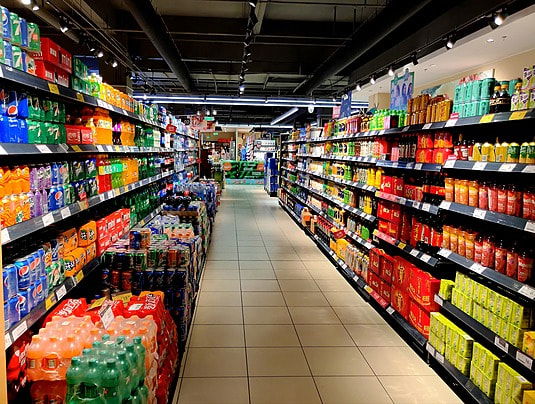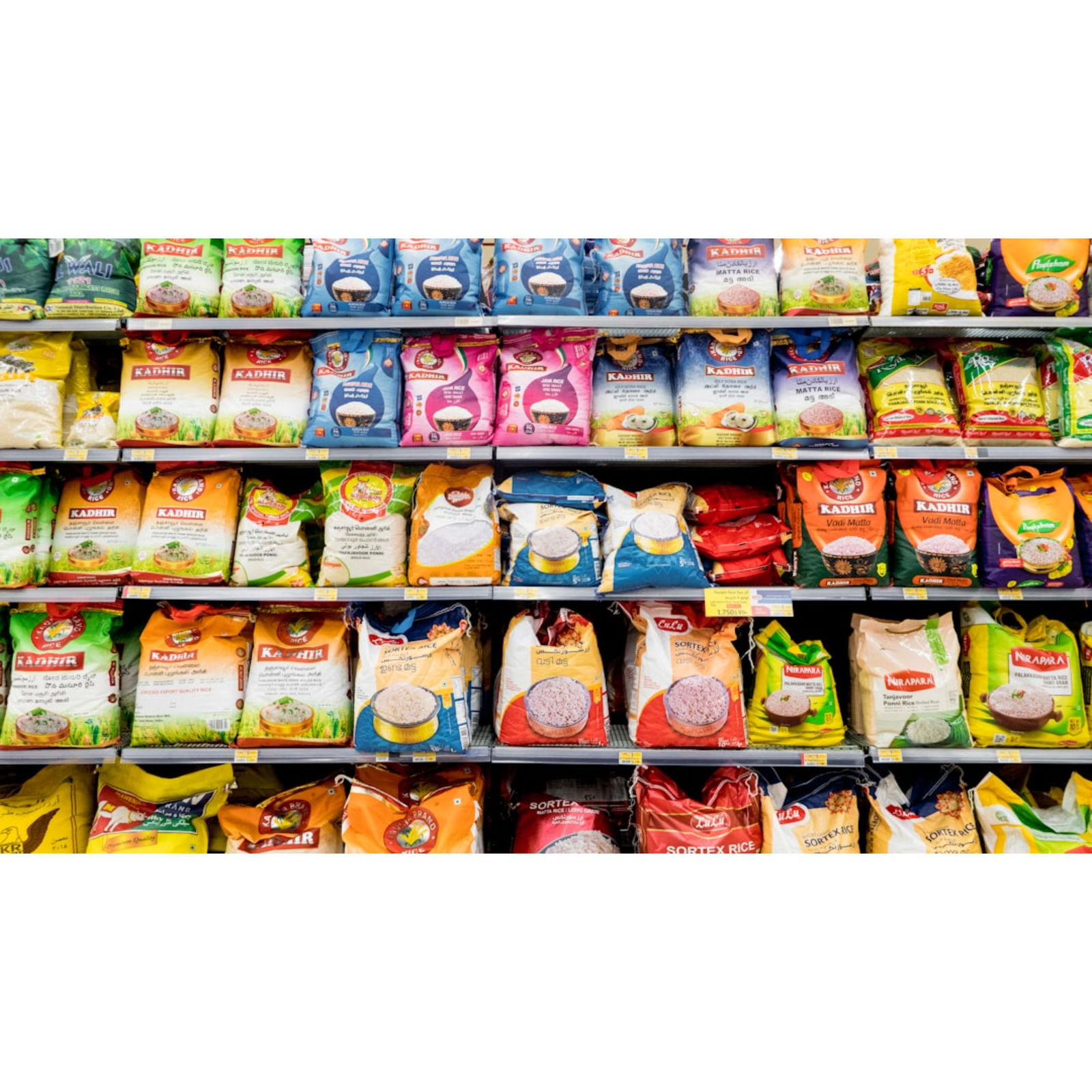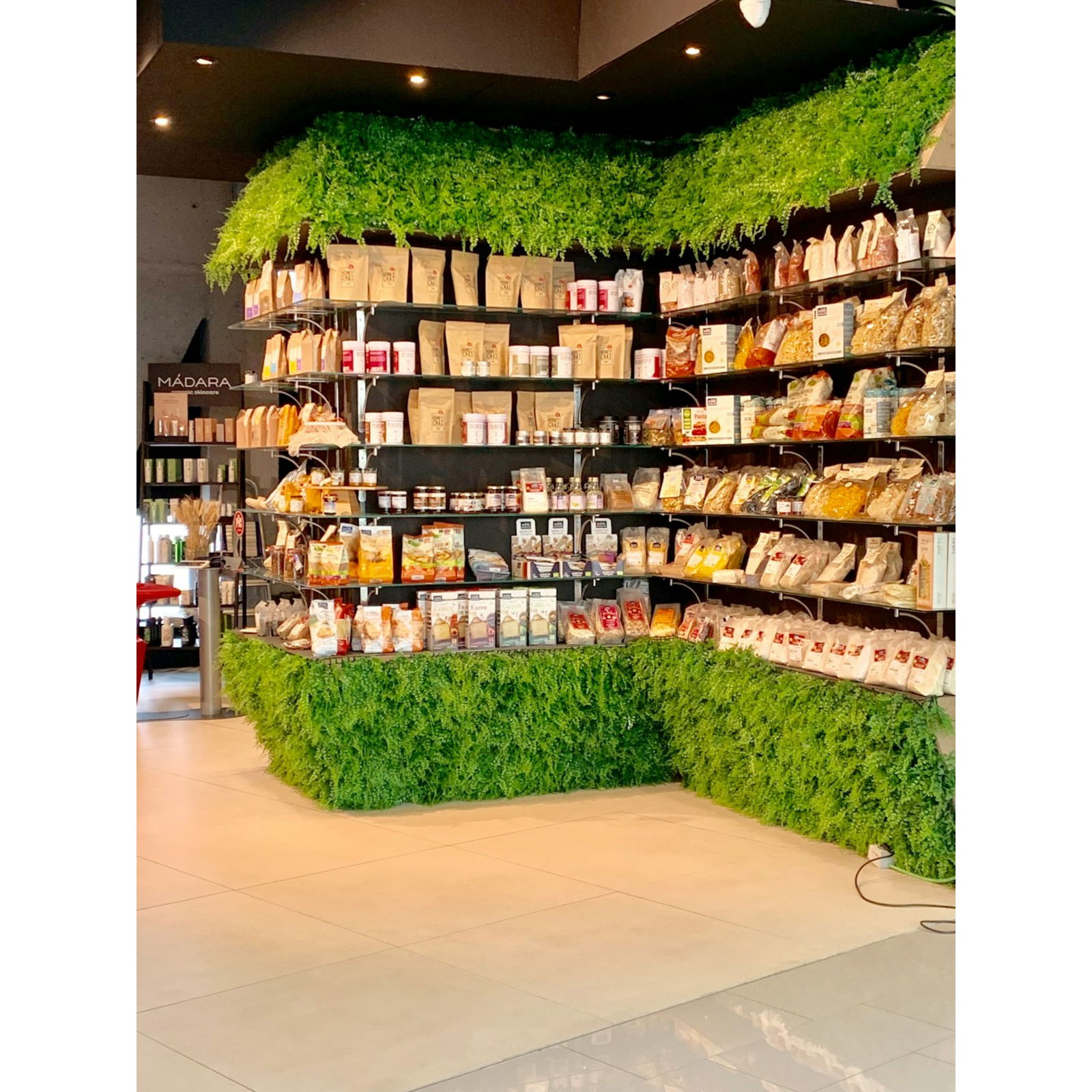
Understanding Why Grocery Stores Fail: A Comprehensive Analysis
Running a grocery store might seem like a straightforward business, but the reality is quite different. Despite the essential nature of food and household items, many grocery stores struggle to survive and ultimately fail. Understanding the reasons behind these failures is crucial for aspiring entrepreneurs and current store owners. This blog delves into the common pitfalls that lead to the downfall of grocery stores and offers insights on how to avoid them.
Poor Location Choices
One of the biggest factors influencing the success of a grocery store is where it's located. Stores in areas with low foot traffic or hard-to-reach spots often struggle to bring in enough customers. The best locations are easy to get to, easy to see, and in places where lots of people live so there are always shoppers coming through the door.
Choosing the right location means doing careful research. Understanding who lives nearby, how they shop, and what other stores are around is key. Without this information, a store might end up in the wrong place, missing out on the customers it needs to succeed. By picking a spot based on good research, grocery stores can make sure they're in the right place to attract plenty of customers and keep their business thriving.
Ineffective Inventory Management
Managing inventory effectively is a critical balancing act for grocery stores. Running out of stock too often can frustrate customers and send them to other stores, while having too much inventory ties up money and can lead to waste, especially with perishable items. That's why having good systems for managing inventory and accurately predicting what customers will need is so important.
Customers also want choices when they shop. If a store doesn't offer a wide range of products, shoppers might go somewhere else that does. Keeping up with what customers like and regularly adding new products can help stores stay competitive and keep people coming back. By getting inventory right and offering a variety of products, grocery stores can make sure they meet customers' expectations and keep their business thriving.
Poor Financial Management
Grocery stores operate in a challenging economic environment where even small increases in expenses like rent, utilities, and labor can eat into profits quickly. To stay profitable, it's crucial to manage costs carefully. This includes implementing strategies to control expenses and negotiating better deals with suppliers to keep costs down.
Another critical factor is pricing products correctly. Setting prices too high can drive customers away to cheaper alternatives, while pricing too low can hurt profitability in the long run. Finding the right balance through competitive pricing analysis and offering value-added services can help stores attract customers while maintaining healthy profit margins. By carefully managing costs and pricing strategies, grocery stores can navigate their competitive landscape more effectively and ensure sustainable profitability in the long term.
Subpar Customer Service
Customer service is crucial for keeping customers coming back. If staff aren't trained well or aren't helpful, it can lead to bad experiences that make shoppers go elsewhere. Investing in training for employees and making sure they focus on serving customers well can really improve the quality of service.
Building relationships with customers is also important. Loyalty programs, personal service, and asking for feedback all help stores connect with customers and keep them coming back. Stores that don't do these things often have a hard time keeping customers loyal. Making sure customers feel valued and listened to is key to keeping them happy and making them want to shop at the store again and again.
Neglecting Market Trends and Technology
In today's digital era, using technology is essential for grocery stores to stay competitive. Stores that don't keep up with advancements like online shopping, mobile apps, and home delivery services risk losing out on a big part of the market. Embracing technology not only makes operations smoother but also makes shopping more convenient for customers.
Consumer preferences are always changing, and market trends like organic foods, sustainability, and health-focused products are really important right now. Stores that don't adjust to these trends might fall behind their competition. Keeping up with what customers want and updating the products they offer helps stores stay relevant and keep their edge in the market. Using technology and following trends are key ways for grocery stores to stay successful in today's fast-changing world.
### 6. Ineffective Marketing and Promotion
Many grocery stores fail due to inadequate marketing efforts. Simply relying on foot traffic without actively promoting the store can result in low customer awareness and engagement. A well-planned marketing strategy that includes local advertising, social media, and community events can boost visibility and attract more customers.
A strong brand identity helps differentiate a store from its competitors. Poor branding or inconsistent messaging can confuse customers and dilute the store’s market presence. Developing a clear brand identity and maintaining consistent messaging across all channels is essential for building a loyal customer base.
Operational Inefficiencies
Delays at checkout and a messy store layout can really annoy customers and make them not want to come back. Making checkout faster with things like self-checkout machines and having enough staff during busy times can make shopping smoother and more enjoyable.
A store that's organized well and easy to navigate makes shopping quicker and less frustrating for customers. Clear signs and a layout that makes sense can make customers happier and more likely to come back again. Making these changes helps stores keep customers happy and make shopping a better experience for everyone.
Conclusion: Learning from Failures
The failure of grocery stores is often the result of multiple factors rather than a single issue. Poor location choices, ineffective inventory and financial management, subpar customer service, neglecting market trends and technology, ineffective marketing, and operational inefficiencies all contribute to the downfall of grocery businesses.
For aspiring entrepreneurs and current store owners, understanding these pitfalls and proactively addressing them is crucial for success. Conduct thorough market research, choose the right location, manage inventory effectively, provide excellent customer service, embrace technology, stay updated with market trends, invest in marketing, and streamline operations. By learning from the failures of others and implementing best practices, grocery stores can thrive and achieve long-term success in a competitive market.
The grocery business is challenging, but with the right strategies and a customer-focused approach, it can also be incredibly rewarding.












